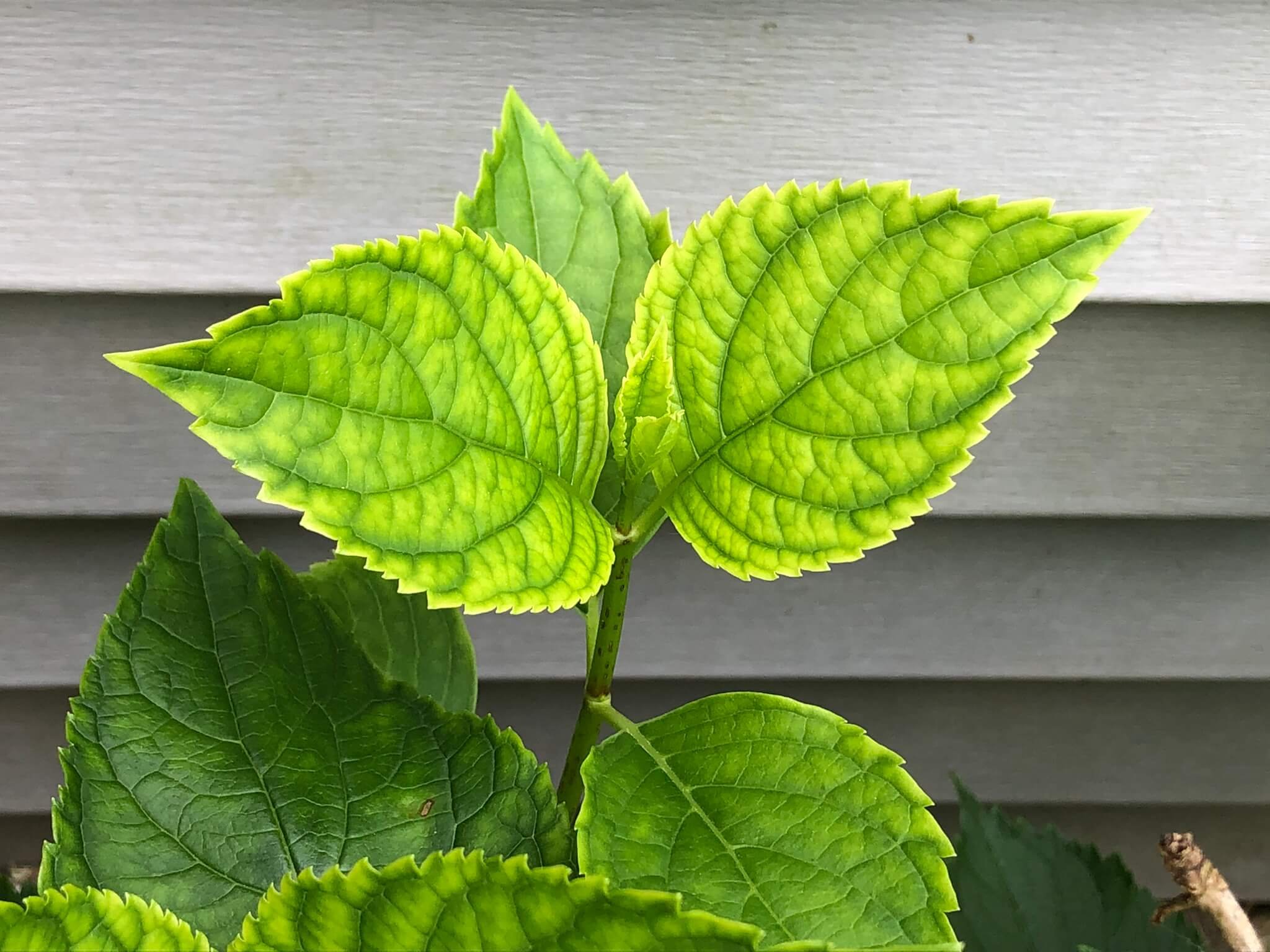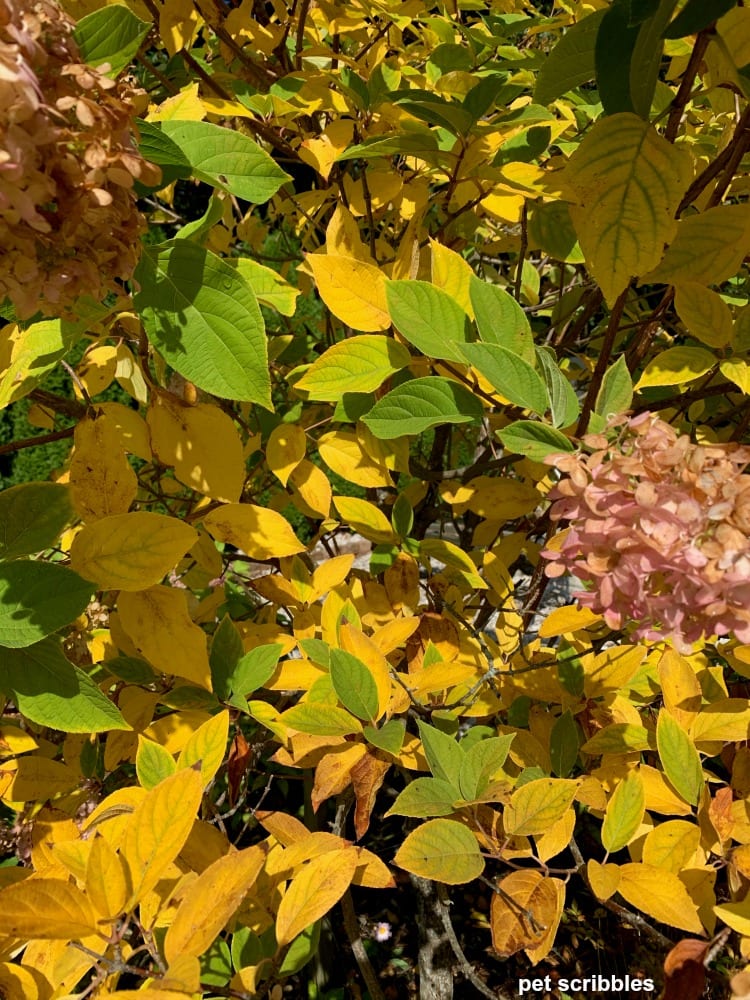The 5-Minute Rule for Hydrangea Leaves Turning Yellow
Top Guidelines Of Hydrangea Leaves Turning Yellow
Table of ContentsThe Greatest Guide To Hydrangea Leaves Turning YellowThe 6-Second Trick For Hydrangea Leaves Turning YellowThe Single Strategy To Use For Hydrangea Leaves Turning YellowAn Unbiased View of Hydrangea Leaves Turning Yellow
These problems are simple to determine and deal with if you take actions prior to origin rot collections in. A dampness meter can aid guide you to the best technique of modification (Hydrangea Leaves Turning Yellow). Big fallen leaves often look droopy during the afternoon heat. When they fail to perk up in the evening or still look wilted in the morning, your plant might be overwatered.Remove the plant from the dirt and prune out any kind of origins that aren't white and turgid (plump). Replant in a brand-new area or function some sand right into the soil for better water drainage.
Include a little bit of pure water, stir the ingredients, and drain pipes the additional water. Place a p, H testing strip in and wait for a reading. You can use an cost-effective wetness and ph testing meter which will certainly likewise can be found in helpful later when you desire to check your plant for underwatering and overwatering.
The most effective means to do that is with soil modifications. Sphagnum moss or peat moss avoids the dirt from condensing and betters soil water drainage while also elevating the soil's level of acidity. You can spread sulfur chips in your hydrangea dirt. The simplest means is to just make use of a fertilizer that helps keep the appropriate level of acidity in the dirt while likewise feeding the plant.
An Unbiased View of Hydrangea Leaves Turning Yellow
This is one good reason to repot houseplants routinely (though there are others, such as origin growth as an example). It is likewise why houseplants call for a much more stringent feeding routine than a lot of exterior plants. When a hydrangea houseplant lacks nutrients, its leaves will be the first to reveal the indicators.

A lot of liquid fertilizer needs dilution with water to decrease the concentration rather. You will certainly also require to feed the plant manually and regular intervals. When springtime starts in March, it's the energetic expanding season for numerous houseplants, consisting of hydrangeas. At this moment, you should begin your feeding routine. Apply liquid plant food to your hydrangea because this stuff, as I pointed out formerly, is fast-releasing.
The dripline is the area located under the foliage that is the furthest away from the center of the plant. Instead than using feed to the facility of the plant it is best to focus it mainly in the external locations of the pot. If you prefer to make use of a slow-release plant food such as granular or spike plant food, after that cover either kind with some soil after you insert them.
How Hydrangea Leaves Turning Yellow can Save You Time, Stress, and Money.
:max_bytes(150000):strip_icc()/GettyImages-1124523833-9a1c821b5f094e148669f56b4b900f9f.jpg)
The hydrangea is remarkably frost-resistant, as soon as temperature levels start obtaining into the 20s, the plant is in serious risk. If the temperatures are in the low 10s, that risk is more severe still. Undoubtedly this is more of an interest in exterior plants so if you maintain potted hydrangea outside you ought to bring them Check This Out indoors in really winter conditions or also take into consideration moving them inside for the period of the winter months.

A dehydrated hydrangea, A big issue with numerous houseplants is root rot. Origin rot happens look at here when you overwater a plant and due to the fact that it is such an usual trouble (specifically with succulents) lots of houseplant proprietors are frightened of overwatering their plants. Hydrangeas call for more watering that most other usual houseplants and can become dried out when they are underwatered.
Rumored Buzz on Hydrangea Leaves Turning Yellow
Be absolutely sure that your hydrangea is dried out due to a lack of water and not due to it be given also much water (extra on this later). Overwatering is a severe issue if you skimp on its water needs even a little bit, your hydrangea will certainly be quick to show it.
The most effective means to determine if your hydrangea is underwater is to examine the wetness levels in the dirt. By utilizing a reliable but affordable wetness and p, H tester, or by sticking your finger right into the soil, you will quickly tell if the plant needs water. So, to obtain your hydrangea sprinkling behaviors on the right track, you require to be mindful concerning the dampness degrees in its dirt.
When you remove your finger from moist soil it will have percentages of dirt residue adhered to it. Dry dirt will certainly imply your finger appears tidy or with completely dry dirt that is easily blown away. If it's damp, and the plant has yellow leaves then the plant has likely been overwatered and you will require to comply with the recommendations given in the section listed below.